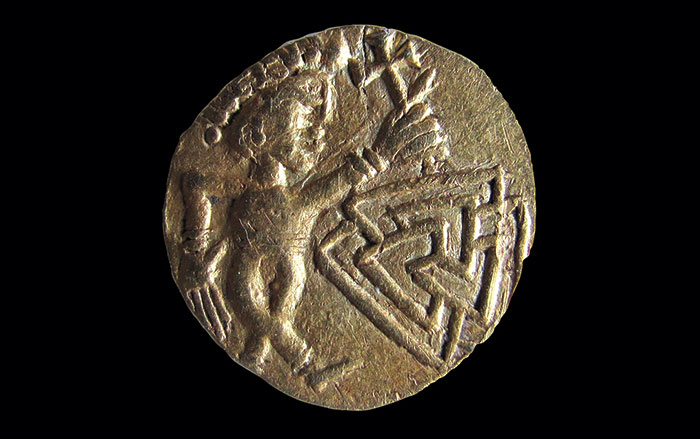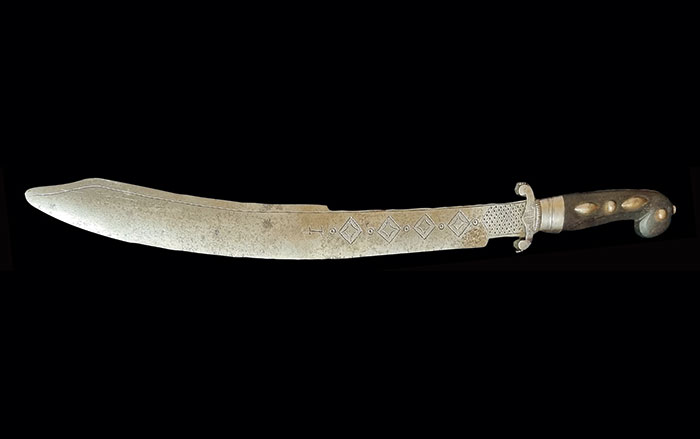
LA PAZ, BOLIVIA—According to an Associated Press report, Michigan State University Museum handed over the mummy of an Incan girl to the government of Bolivia. Records show that the well-preserved remains came from a chullpa, or stone tomb, located in the Andean highlands south of La Paz, and were buried with pouches, bags, a small clay jar, sandals, beads, feathers, and maize, bean, grass, kapok, and coca plants. Dubbed Ñusta, a Quechua word meaning “Princess,” the mummy was donated to the museum in 1890 by William B. McCreery, who was the U.S. Consul to Chile and a member of the university’s board of trustees at the time. The girl is thought to have been about eight years old at the time of her death some 500 years ago, as determined by radiocarbon dating of corn found in one of her pouches. She wore her hair in braids, and was clothed in a dress woven from threads crafted with llama or alpaca hair. Culture Minister Wilma Alanoca said the return of Ñusta marks the first time that human remains have been repatriated to Bolivia. To read about a pre-Columbian mummy that was recently discovered at a Peruvian ceremonial center, go to "All Bundled Up."










